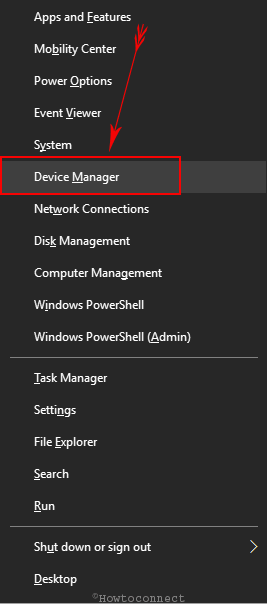

- #.OTE.8 UI UPDATE STATUS CLOCK MISSING HOW TO#
- #.OTE.8 UI UPDATE STATUS CLOCK MISSING UPGRADE#
Exception: A duplicate content type name "name" was found. Failed to activate site collection features on site Site Url.
#.OTE.8 UI UPDATE STATUS CLOCK MISSING UPGRADE#
In the upgrade log files, you may see an error such as the following: Occasionally, custom elements (such as a content type) may have a name that conflicts with a name in the new version.
A: Rename content types or fields that conflict with default names. Q: I see an error about a duplicate content type name #.OTE.8 UI UPDATE STATUS CLOCK MISSING HOW TO#
For more information about large list throttling and how to address issues with large lists, see Manage lists and libraries with many items.

You can create indexed columns with filtered views, organize items into folders, set an item limit on the page for a large view, or use an external list. If a list is very large, and users use a view or perform a query that exceeds the limit or throttling threshold, the view or query will not be permitted. You might have to add the indexed column to your existing views.
A: Create indexed columns, folders, or new views for large lists. Q: The view on a large list is not working any longer To reset the page, you can use the Reset to site definition link under Site Actions on the Site Settings page or use the Reset to Template command in SharePoint Designer. If a page was customized to place a UI control in a non-standard location, you can reset the page to the default version to recover the control. Making changes to the site UI can cause problems in site upgrades. A: Reset the page to the default version (that is, reghost it). Q: I don't see a UI control on the page that used to be there These file system logs have more information if you want details about issues.Ĭheck to see whether any of the following issues are causing an upgrade error, a warning, or a problem in your site. The logs are named in the following format: SiteUpgrade- YYYYMMDD-HHMMSS-SSS.log, where YYYYMMDD is the date and HHMMSS-SSS is the time (hours in 24-hour clock format, minutes, seconds, and milliseconds). You can review the site collection upgrade logs from the following locations:įor site collection administrators: There are also log files for site collection upgrade stored inside the site collection itself, in the Maintenance Logs catalog at ( where YYYYMMDD is the date and HHMMSS-SSS is the time (hours in 24-hour clock format, minutes, seconds, and milliseconds).įor farm administrators: The site collection upgrade log file and the upgrade error log file are located at %COMMONPROGRAMFILES%\Microsoft Shared\Web server extensions\16\LOGS. Review the site collection upgrade log files. If the Site Settings page doesn't work, check the site collection upgrade log file for information about the problem. If the Site Settings page works and the upgrade has succeeded, there might be issues with the master page or home page. If pages don't render, check the Site Settings page. On the Site Collection Upgrade page, click Review Site Collection Upgrade Status. On the Site Settings page for the site collection, in the Site Collection Administration section, click Site collection upgrade. 
Review the upgrade status page for your site collection. Warnings might not always indicate an issue, but you should review them all to determine whether any of them are likely to cause even more issues. We recommend that you carefully review all the errors in the upgrade log files. Upgrade status indicators and log files should give you an indication of what went wrong during the upgrade process. This article helps you understand those errors and address them. When you upgrade a site collection to SharePoint Server 2016, errors can occasionally occur. APPLIES TO: 2013 2016 2019 Subscription Edition SharePoint in Microsoft 365







 0 kommentar(er)
0 kommentar(er)
